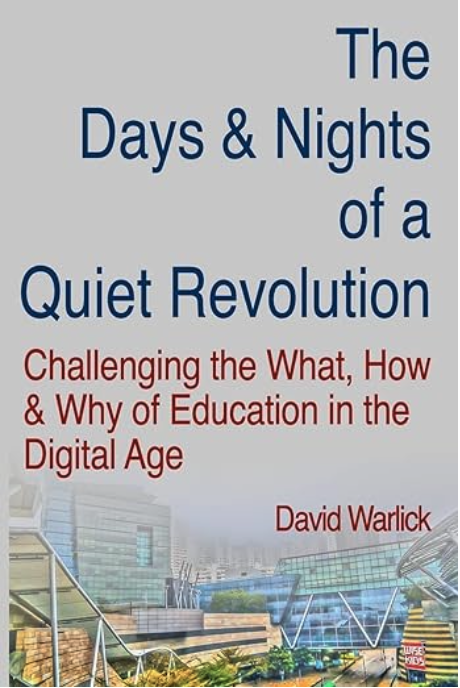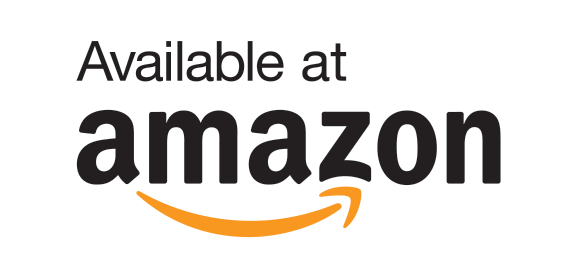Books
 |
 |
 |
 |
|
A Gardener’s Approach to Learning (2010)
A guide for cultivating a person network of digital connections to achieve in-time, ongoing, and self-directed professional development. |
Redefining Literacy 2.0 2nd Ed (2008)
An examination of the basic literacy skills that a contemporary information environment requires, in addition to the 3Rs |
Classroom Blogging 2nd Ed (2007)
The how and the why of teacher and student blogging as a literacy and content learning tool |
Raw Materials for the Mind 4th Ed (2005)
This earlier book examines ways that teachers and learners can leverage the digital nature of today’s information landscape to produce learning opportunities. |
|
Order from Lulu |
Quoted
- “We need technology in every classroom and in every student and teacher’s hand, because it is the pen and paper of our time, and it is the lens through which we experience much of our world.” – David Warlick
- “We must prepare students for a future we can neither describe nor predict.”
- “Let’s face it, they’re not human. They are a species that can reach through walls. They have tentacles that go outside the rooms they’re in and spread out all over the world. When they walk into our classrooms, we chop those tentacles off and they don’t like it.”
- “I believe we will have achieved education reform when no teacher believes he or she can teach the same thing in the same way from one year to the next.”
- “If all our children learn to do is read, they will not be literate.”
- “I honestly believe that educators are seeking new ways to use new information and communication (literacy) technologies in teaching and learning for the very best reasons. But we need better answers than, “Because it’s technology. Our children will do anything if it’s with technology.” ..and “this is the engagement!” pointing at the an iPod Touch.
- “There is a big difference between teaching thirty years and teaching one year thirty times.”
- “We will have achieved educational reform when no teacher believes they can teach the same thing the same way every time.”
- “We want our children to be the students we want to teaching, instead of teaching the children that they are.”
- “The worst case scenario is that ten years from now we’re still graduating kids who are perfectly prepared for the 1950′s.”
- “…there really is a new connectedness today where information flows in logical and directable ways, connecting us not only to the content we need, but to the people we need, not merely because of proximity — but through the content. We simply have to understand how to harness this new information landscape.”
- How can we stay on the cutting edge without too much bleeding? – David Warlick
- “… we live in a time of no unanswered questions.”
- “At the heart of every PLN is its members. … Learners become amplifiers as they engage in reflective and knowledge building activities, connect and reconnect what they learn, add value to existing knowledge and ideas, and then re-issue them back into the network to be captured by others through their PLNs. Working your PLN involves a great deal of responsibility because you are almost certainly part of someone else’s network.”
- “Preparing children for an unpredictable future means helping them learn to teach themselves. That is why lifelong learning is such a crucial part of the education conversation and why modeling a learning lifestyle is one of the best things that teachers can do today.”

